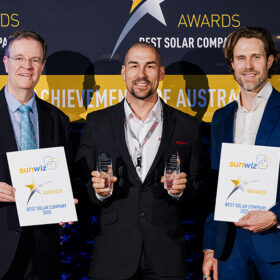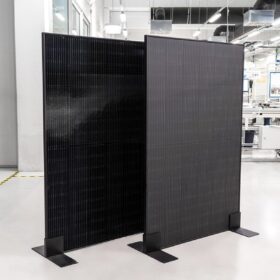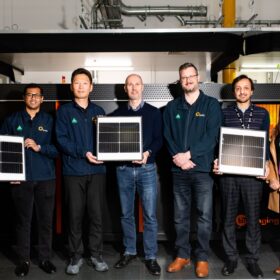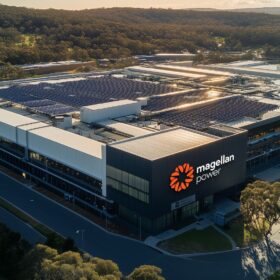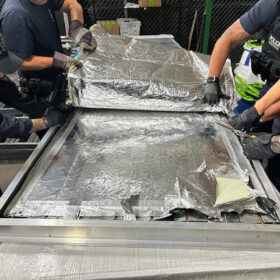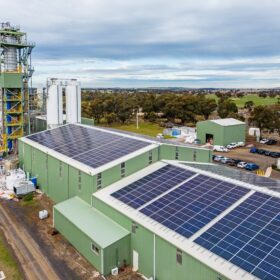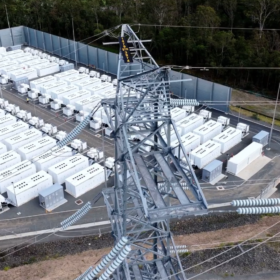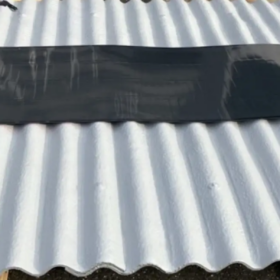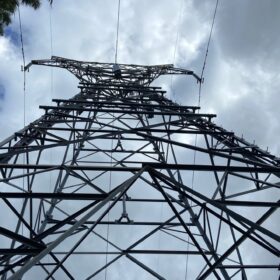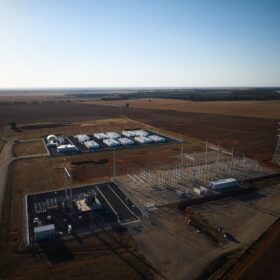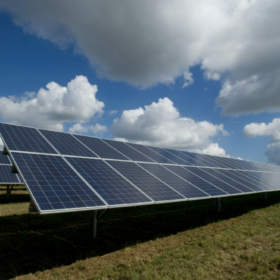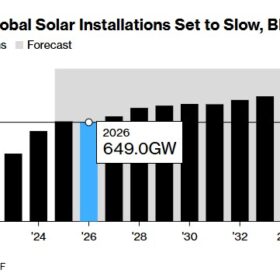GoodWe named top Inverter and battery manufacturer in Australia for 2025
GoodWe has been awarded the number two slot for inverter manufacturing and a top five battery manufacturer in Australia for 2025, according to the rankings released by Sunwiz.
Solitek launches anti-glare black bifacial solar modules
Solitek has launched full-black 425 W bifacial solar modules with matte, satin-textured glass for glare-sensitive sites such as airports, road barriers, and buildings.
Tindo teams with UNSW to boost TOPCon cell performance
South Australia-headquartered solar panel manufacturer Tindo Solar will work with the University of New South Wales to accelerate the development of TOPCon solar cell technologies, targeting improvements in reliability and performance.
Perth battery manufacturer plans major expansion
Perth-based energy storage and off-grid power system specialist Magellan Power has launched a $15 million funding round to boost its manufacturing capabilities and support a “significant expansion” of its operations across Australia.
Customs officers seize 146 kg of meth hidden in solar panels
United States border officials at Los Angeles International Airport have seized 146 kilograms of methamphetamine concealed in a shipment of solar panels bound for New Zealand.
Calix green iron demonstration plant progresses with $44 million backing
Sydney-headquartered sustainability solutions company Calix Limited has secured a $44.9 million grant to build a zero emissions steel technology green iron demonstration plant in Australia.
Greenbank battery kicks off commercial operations to support 66,000 homes
The CS Energy Greenbank Battery in southeast Queensland has been regularly charging and discharging since beginning commercial operations in June, providing reliability and capability to the grid.
Japanese projects to pilot solar on low load-bearing roofs, BIPV windows
A partnership between PXP Inc and Tokyo Gas Co is working on developing film-type chalcopyrite solar cells for industrial roofs with low load-bearing capacity. Elsewhere, a coalition of partners is installing inner windows featuring perovskite solar cells at Tokyo’s Telecom Center Building.
$342 million transmission contracts to cement Western Australia’s transition
The Western Australia government has awarded $342 million to UGL Engineering, Acciona and GenusPlus for work on the Clean Energy Link – North major transmission project, which is key to the state’s clean energy transition.
Victorian ‘grid-forming’ battery now fully operational
The 185 MW / 370 MWh Koorangie battery energy storage project in northwest Victoria has reached a major milestone with developer Edify Energy confirming the system, featuring grid-forming inverters, is now fully operational.
